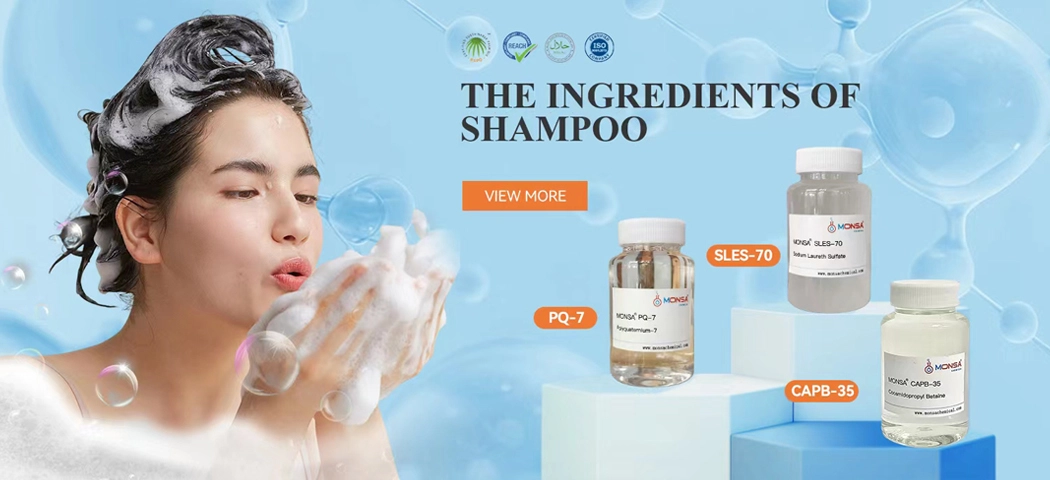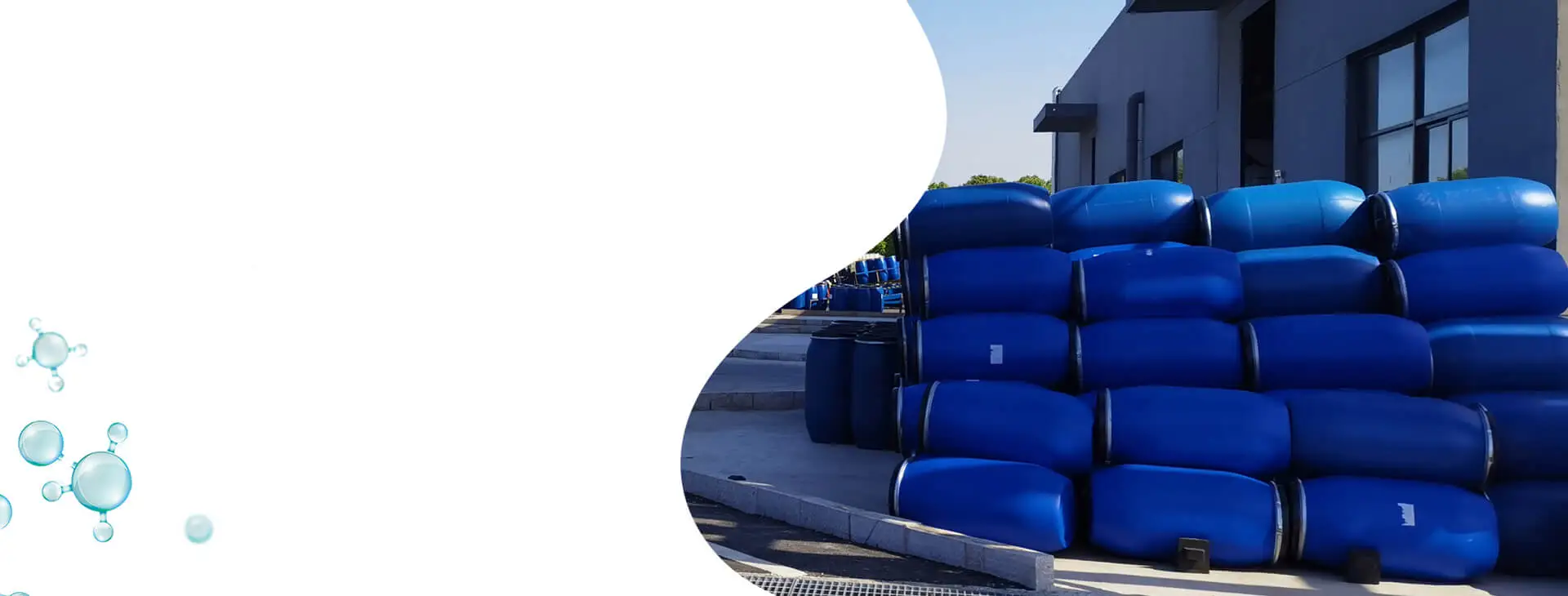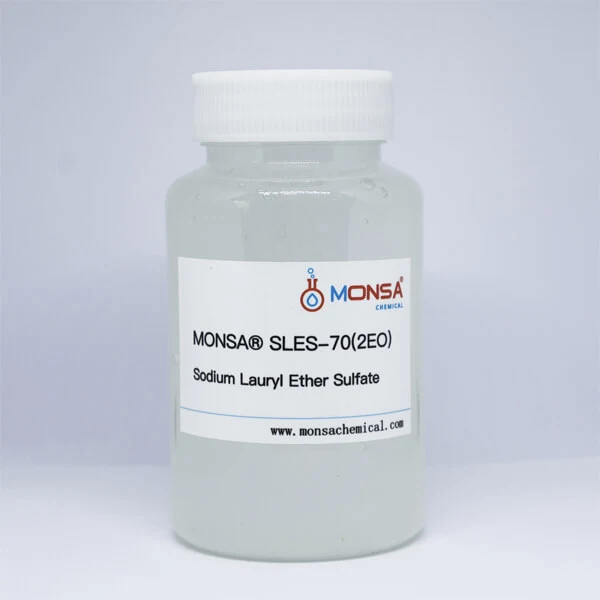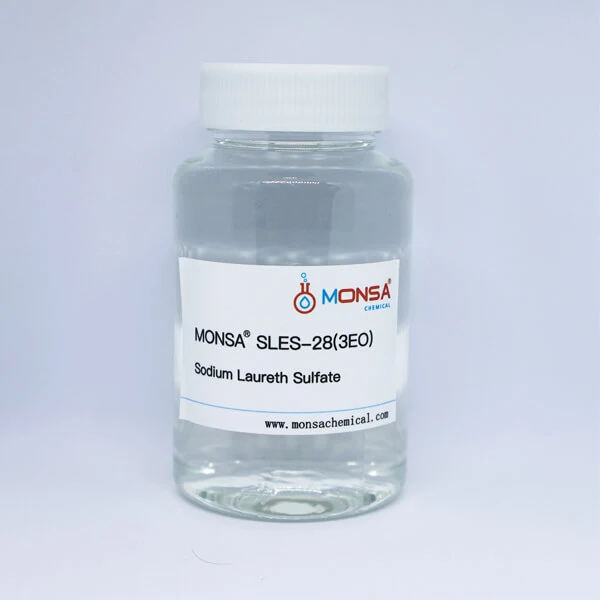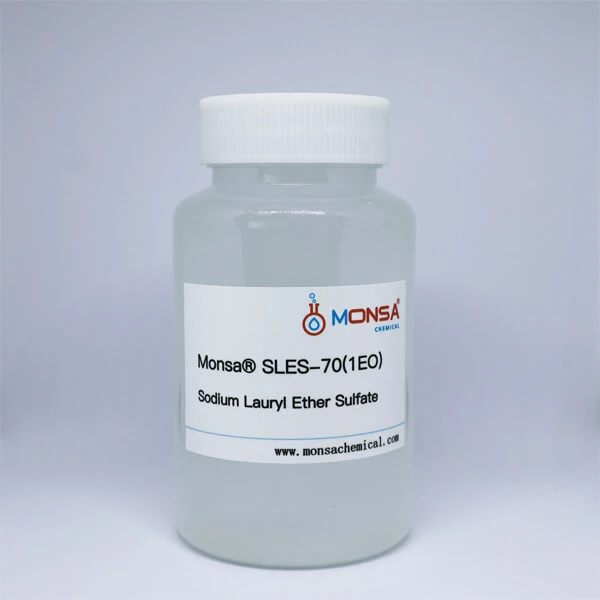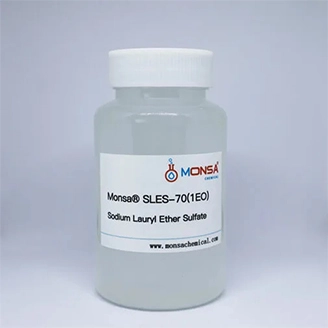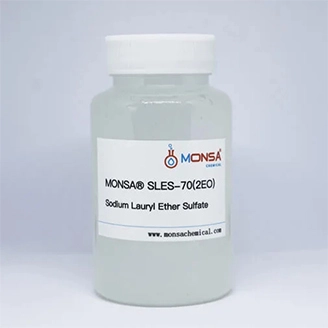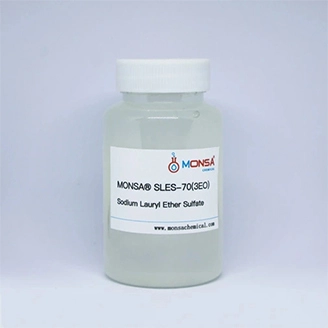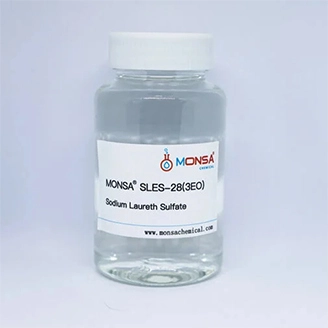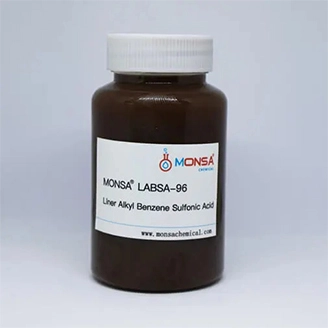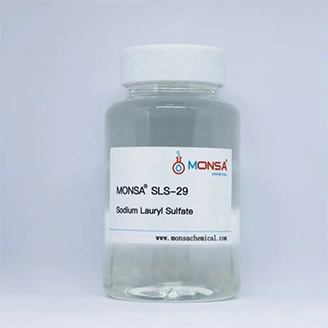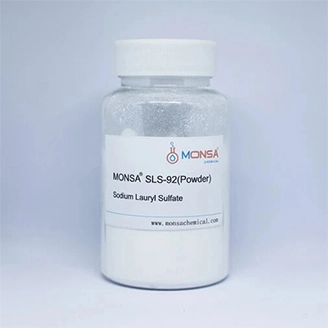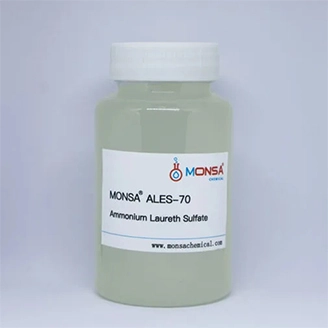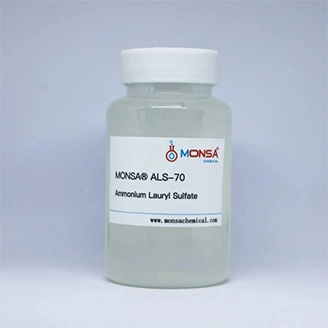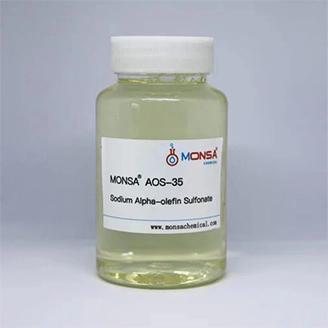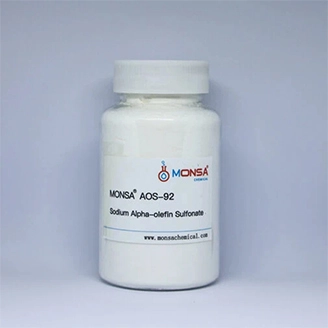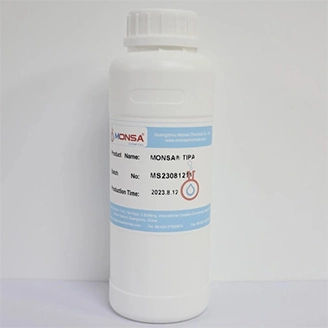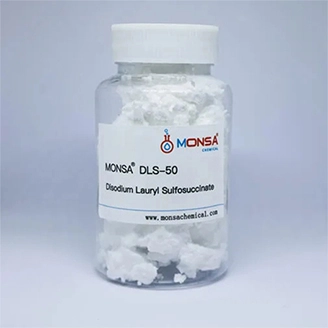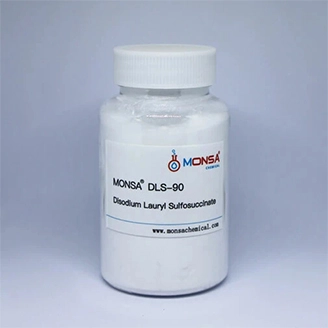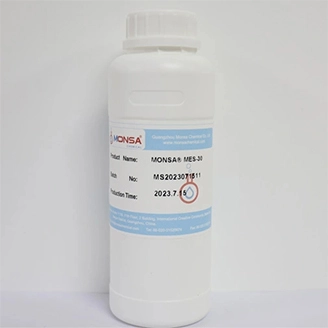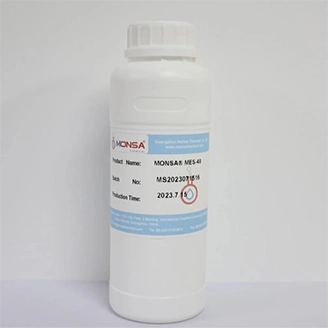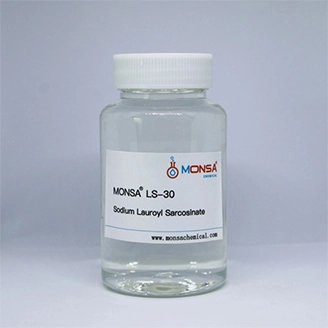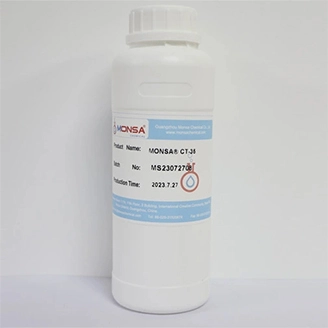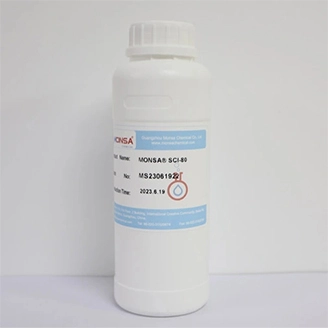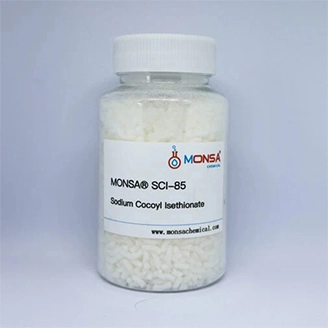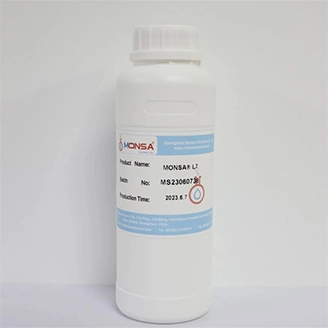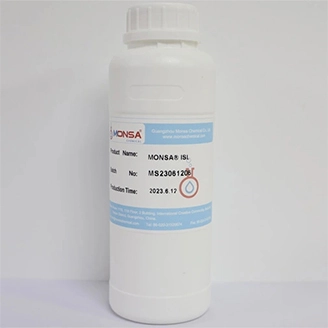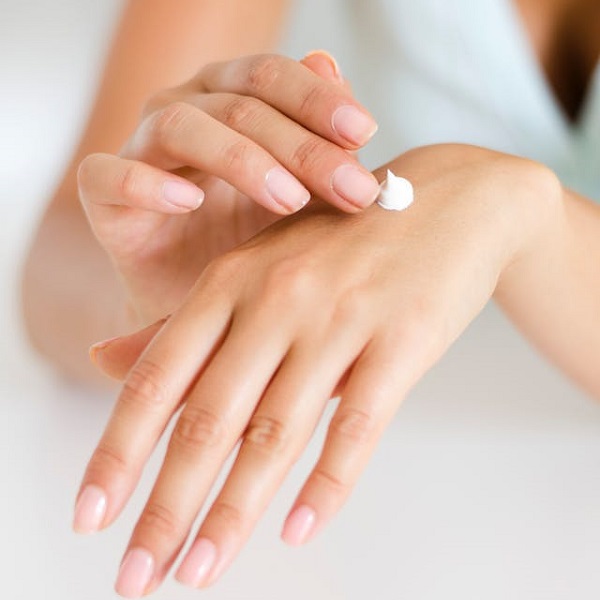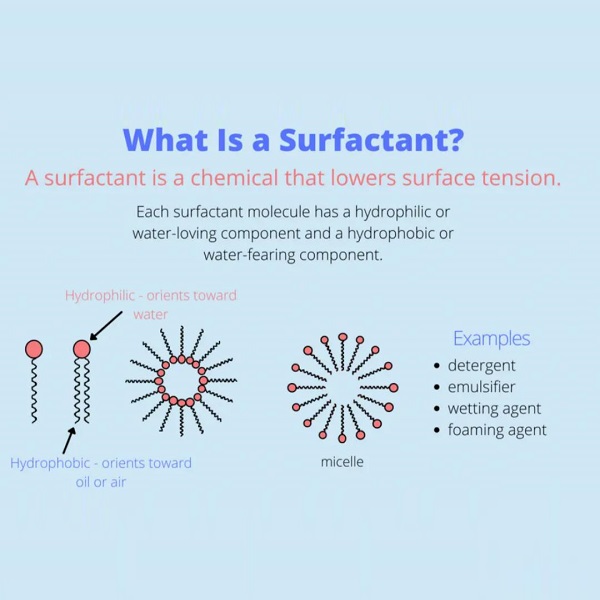The environmental impact and sustainability of anionic surfactant are significant considerations in their use and production. Here are several key points regarding this topic:
1. Biodegradability: Many anionic surfactant, particularly those with alkyl sulfate or alkyl sulfonate groups, are readily biodegradable under environmentally relevant conditions. This means they can be broken down by natural processes, reducing their impact on ecosystems.
2. Ecotoxicity: While anionic surfactant can be biodegradable, some may still have potential ecotoxic effects, especially at high concentrations or if released into sensitive aquatic environments. It is important to use these surfactant responsibly and carefully consider their impact on wildlife and ecosystems.
3. Use of raw materials: The production of anionic surfactant requires the use of raw materials, such as petroleum-derived or plant-based feedstocks. The sustainability of these feedstocks is a consideration, with efforts being made to promote the use of renewable and eco-friendly alternatives.
4. Formulation optimization: Formulators can work towards optimizing formulations to minimize the overall surfactant load and reduce environmental impact. By optimizing surfactant concentration and combining different surfactant types, it is possible to achieve effective cleaning while minimizing waste and potential harm to the environment.
5. Life cycle assessment (LCA): Evaluating the environmental impact of anionic surfactant throughout their entire life cycle is crucial for sustainability. LCA considers aspects such as raw material extraction, production processes, use phase, and end-of-life disposal or recycling. This allows for a comprehensive analysis of the environmental footprint and potential areas for improvement.
Companies and researchers are continuously exploring ways to develop more sustainable anionic surfactant, such as utilizing alternative raw materials, improving biodegradability, and optimizing production processes. The aim is to balance the effective performance of these surfactant with reduced environmental impact, supporting a more sustainable future for the industry.

